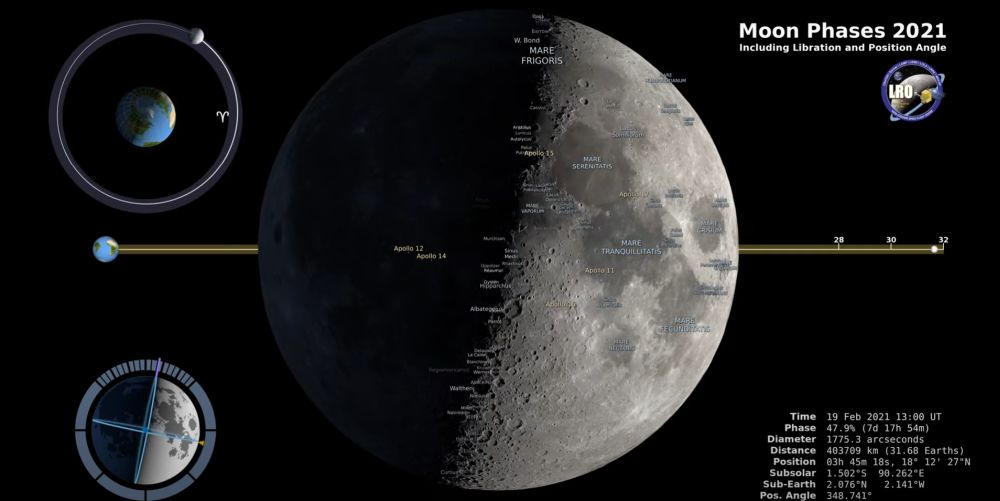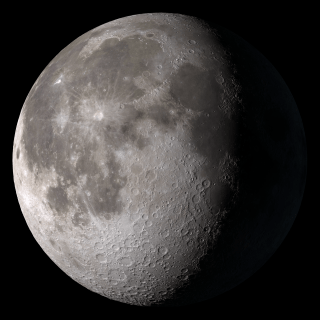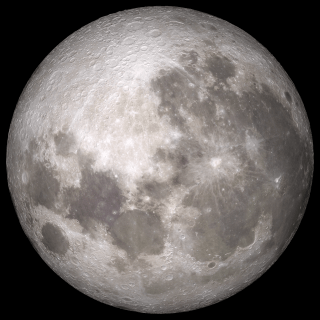Every year, NASA releases a detailed simulation of the Moon that shows how it will change through the year. They produce a couple of versions that show how it appears from the northern and southern hemisphere and others that highlight different features. Not only does it show the phases through the year but it also shows the change in size as its completes its orbit. The change in apparent size of the Moon is a result of its elliptical orbit so that it can appear up to 30% brighter.
Continue reading “NASA Releases its Moon Phases Animation for 2025”Every Year NASA Simulates Our View of the Moon for the Upcoming 12 Months. Here’s 2021, Hour by Hour

There’s no real reason most of us need to know what the Moon will look like on any particular day at any particular hour next year. No reason other than intellectual curiosity, that is. So if you have a healthy supply of that, then you’ll enjoy NASA’s latest contribution to staring at the internet and wondering where the time went.
Continue reading “Every Year NASA Simulates Our View of the Moon for the Upcoming 12 Months. Here’s 2021, Hour by Hour”Bottoms Up! It’s a Year of Lunar Libration From Down Under
Do you live in the southern hemisphere? Are you tired of all those views of the Moon that favor celestial north as up? Well here’s a video just for you from the good folks at the GSFC Scientific Visualization Center — it shows the full 2013 year of lunar phases and libration as seen from Earth’s southern half using data gathered by NASA’s Lunar Reconnaissance Orbiter. (Because what’s so great about north, anyway?)
Each frame represents one hour. Side graphs indicate the Moon’s orbit position, sub-Earth and subsolar points, and distance from the Earth at true scale. Awesome! Um, I mean… bonzer!
And what’s up with all that wobbling around? Find out more below:
The Moon always keeps the same face to us, but not exactly the same face. Because of the tilt and shape of its orbit, we see the Moon from slightly different angles over the course of a month. When a month is compressed into 24 seconds, as it is in this animation, our changing view of the Moon makes it look like it’s wobbling. This wobble is called libration.
The word comes from the Latin for “balance scale” and refers to the way such a scale tips up and down on alternating sides.
The Moon is subject to other motions as well. It appears to roll back and forth around the sub-Earth point (the location on the Moon’s surface where the Earth appears directly overhead, at the zenith.) The roll angle is given by the position angle of the axis, which is the angle of the Moon’s north pole relative to celestial north. The Moon also approaches and recedes from us, appearing to grow and shrink. The two extremes, called perigee (near) and apogee (far), differ by more than 10%.
Read more and see the current phase of the Moon (bottom up) on the GSFC Dial-a-Moon page here.
Source: NASA Goddard Space Flight Center Scientific Visualization Studio
Pick Up Some Good Librations With This Stunning Moon Video

As the Moon orbits Earth, it rotates at such a rate as to keep the same face aiming our way… but not exactly the same face, as shown in this excellent video from NASA’s Goddard Space Flight Center (lovingly annotated by the Bad Astronomer himself, Dr. Phil Plait.)
[/caption]
The Moon has a slight wobble to its axial rotation, and over the course of a month its orientation shifts slightly — an effect called libration. Think of it like a top or gyroscope spinning on a table; it doesn’t spin perfectly vertically, but rather sways a bit while it spins. Libration is that sway.
In addition to that movement, the Moon also moves closer to and further from the Earth over the course of a year due to its elliptical orbit. This makes it appear to change size slightly.
Except for the Moon’s phases, such effects aren’t immediately obvious from one night to the next. But when assembled into a high-resolution video using images and laser altimetry data maps from the Lunar Reconnaissance Orbiter, the monthly motions of the Moon become incredibly clear!
This video shows all the views of the Moon for the entire year of 2012.
Thanks to Phil Plait of Discover Magazine’s Bad Astronomy blog for adding the music and descriptions to the GSFC’s amazing video. What a marvelous night for a Moon dance!
See the current Moon phase and the original video on the Goddard Space Flight Center’s “Dial-A-Moon” page here.
Video: NASA/Goddard Space Flight Center Visualization Studio. Notations by Phil Plait. Music by Kevin MacLeod/incomptech.com.
Why is Tonight’s Full Moon the Smallest of the Year?
[/caption]
Think we can only see half of the Moon’s surface from Earth? Not always.
Over the course of the year, observers on Earth can view a bit less and a bit more than half of the lunar surface. Additionally, the Moon appears smaller in the sky during some months compared to other times of the year.
Due to the processes at work, tonight’s full Moon is an opposite of the “Supermoon” that made headlines earlier this year.
What causes our Moon to change apparent size throughout the year, and how do we notice this phenomenon?
While it would be difficult to judge the apparent size of the full Moon each month with our eyes, the phenomenon of Lunar librations is readily apparent in the animation below.
There are three forces at work that help produce the “dancing” effect as shown in the video above.
There are three types of lunar libration:
First, the Moon doesn’t orbit Earth in a perfectly circular orbit. An eccentric orbit will cause our Moon to lead and lag in its orbital position while its rotational speed stays the same. This causes a libration in longitude.
Secondly, the Moon’s rotational axis is slightly inclined to its orbital plane, with respect to Earth. The Moon’s orbit is also inclined with respect to the ecliptic, allowing the Moon to be illuminated from above and sometimes from below. The illumination from above and below allows some of the lunar surface beyond the poles to be visible from Earth.
Last but not least, there is a small daily oscillation due to Earth’s rotation. This oscillation changes the perspective at which an observer views the Moon. Imagine a straight line connecting the center of Earth with the center of the Moon. Over time an observer would be on one side of this imaginary line and then the other, which would allow the observer to look first around one side of the Moon and then around the other. This is because an observer on Earth is on the surface and not at the center of Earth.
A slight bit of Lunar trivia: Lunar librations helped notable British astronomer Patrick Moore investigate the edge regions where librations provided extra coverage. Moore’s investigations lead him to discover a large circular feature, which he named “Mare Oriental”. Once studies of the Lunar farside were performed from space, it was discovered that Mare Oriental was a lava filled impact crater.



